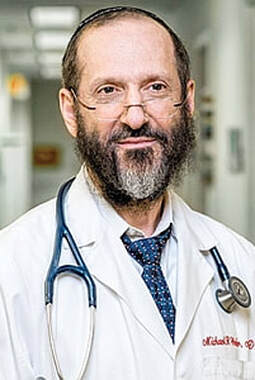
|
Congratulations to Dr. Wexler for being selected to Mpls. / St. Paul Magazine's annual Top Doctor list for 26th time! Six Twin Cities Top Doctors who are on the forefront of innovation in medicine weigh in on the medical breakthroughs—from healthier kids to better sleep—we can expect in the next 20 years.
by Rhoda Fukushima | July 2, 2015 | Mpls St. Paul Magazine Article |
26 YEARS OF TOP DOCTORS RECOGNITION
2023
2022
2021
2020
2019
2018
2017
2016
2015
2014
2013
2012
2011
2010
2009
2007
2006
2005
2004
2003
2002
2001
2000
1999
1998
1997
|
Proudly powered by Weebly
|

